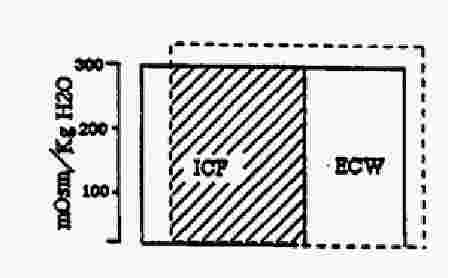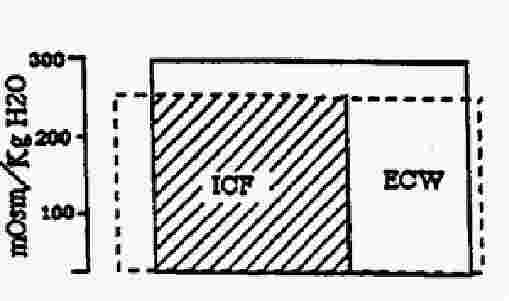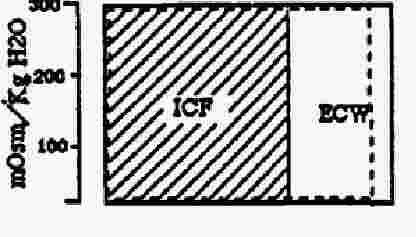
Volume Regulation
Fluid Compartments
Volume Regulation
Osmolality Examples




Volume Homeostasis Physiology and Pathological States
Examples of Volume Overload and Edema formation:
Brain Function in Response to Hypernatremia and Hyponatremia
Osmoregulation vs. Volume Regulation
|
|
Osmoregulation |
Volume Regulation |
|
What is sensed |
Plasma osmolality |
Effective tissue perfusion |
|
How is it evaluated? |
Serum [Na+] |
Clinically (BP, HR, JVD, Rales) |
|
Determined by: |
Ratio between the amounts of solute and water present |
Absolute amounts of solute and water present |
|
Sensors |
Hypothalamic osmoreceptors |
Afferent arteriole Atria Carotid sinus |
|
Effectors |
ADH (turned on by high osmolality) Thirst |
RAA ANP Norepinephrine ADH (turned on by low volume) |
|
What is affected |
Urine osmolality Water intake |
Urinary sodium Thirst |
|
Impaired regulation leads to: |
Too much water hyponatremia (low plasma [Na+]) Too little water hypernatremia (high plasma [Na+]) |
Too much Na+ - edema Too little Na+ - volume depletion |